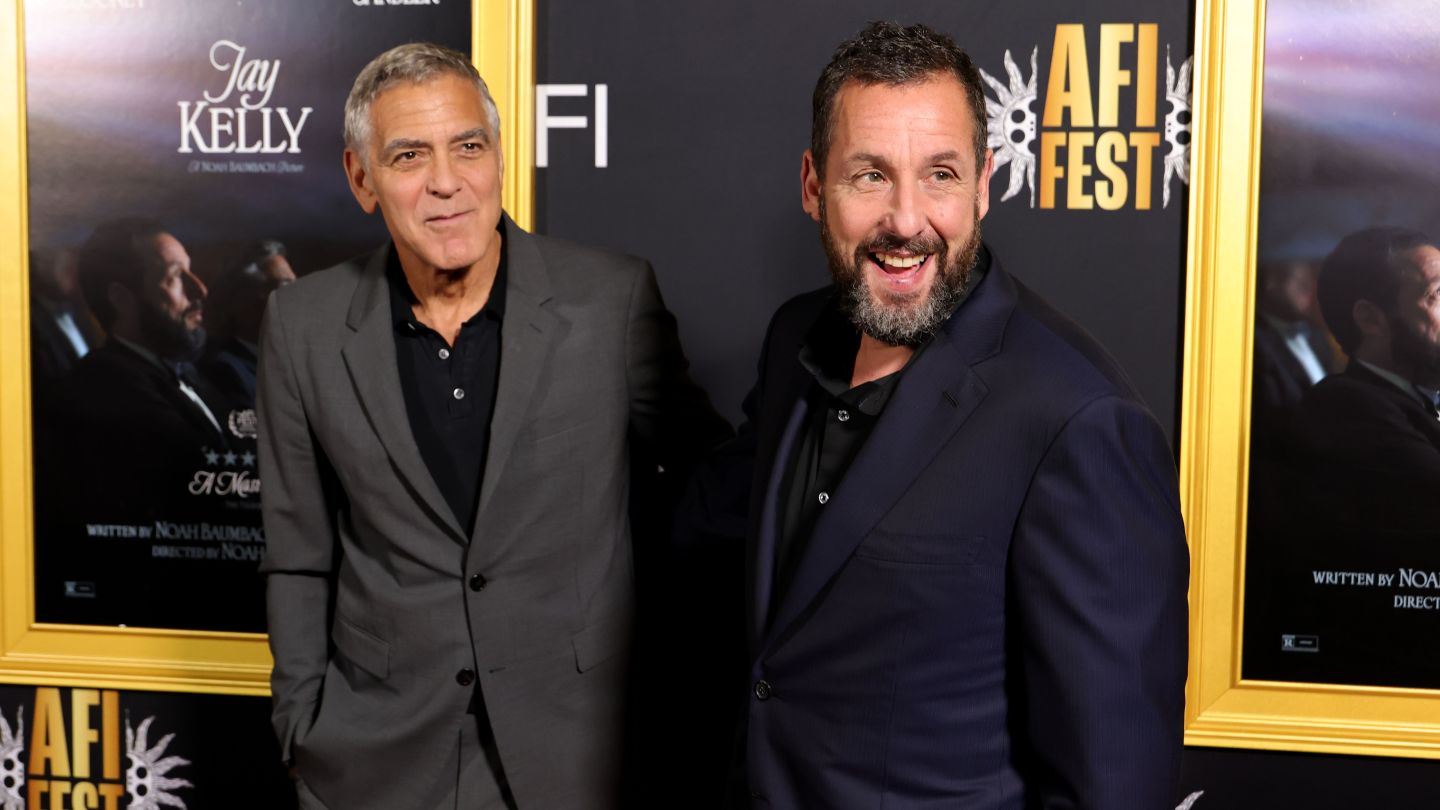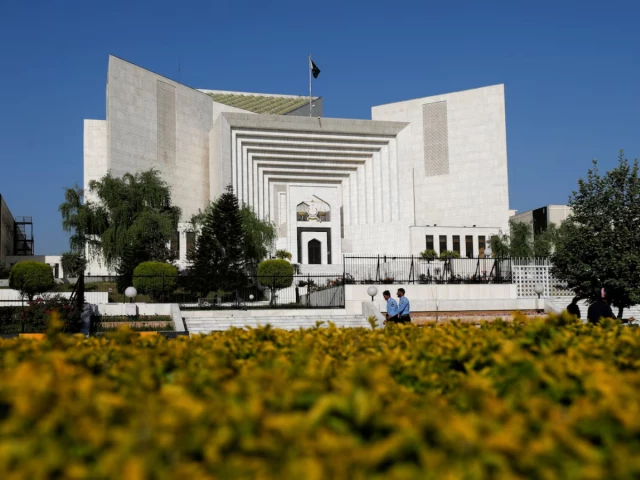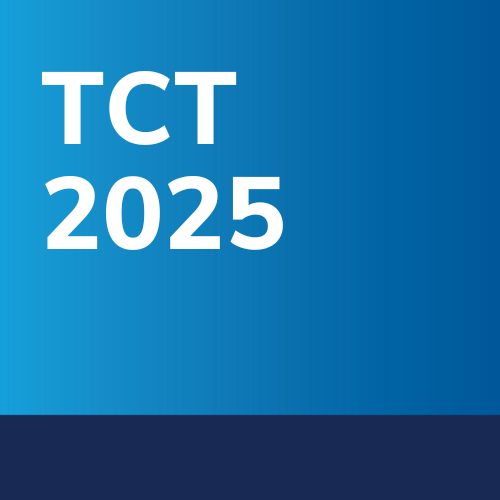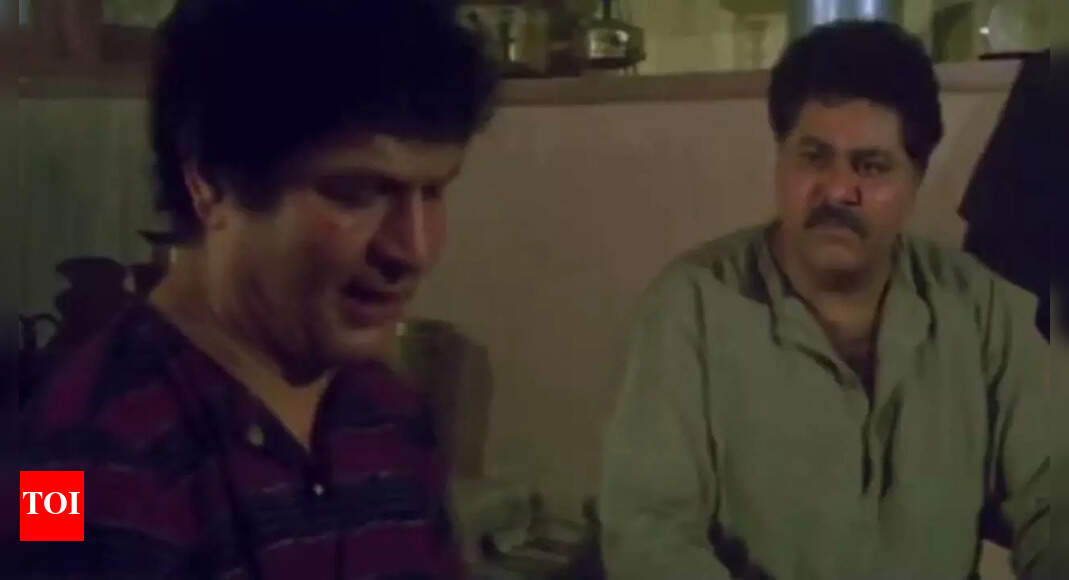Just days after the passing of veteran comedian Asrani, Bollywood has lost another gem — Satish Shah, who passed away on Saturday in Mumbai at the age of 74 due to kidney failure. As news of Shah’s demise broke, an old clip of him and…
Author: admin
-

George Clooney Wanted Adam Sandler Taken Seriously on ‘Jay Kelly’
For their new movie, Jay Kelly, George Clooney had a special rule on set: he didn’t want the cast referring to Adam Sandler by his nickname “Sandman,” in an effort to take the comedian more seriously as an actor.
At the film’s AFI…
Continue Reading
-

Listing dowry articles in ‘Nikah Nama’ part of SC’s family law reforms
Apex court proposes stricter penalties for unregistered marriages in its report Redefining Access to Justice 2025
Police officers walk past the Supreme Court of Pakistan building, in Islamabad, Pakistan April 6, 2022. REUTERS
…Continue Reading
-

FAME 3, DOSE Trials Explore Cost-Effectiveness, Operator Radiation Risk After Coronary Procedures
Interventional cardiology will be in the spotlight during TCT 2025 in San Francisco and amongst the Featured Clinical Research are presentations looking at outcomes in patients following coronary procedures and the risk of radiation for operators.
A substudy from the randomized FAME 3 trial, simultaneously published in JACC, found that PCI was more cost-effective than CABG in 1,500 patients with three-vessel coronary artery disease, while quality-adjusted life-years were similar at five years in the two groups (4.05 vs. 4.03, respectively). PCI was guided by fractional flow reserve and zotarolimus drug-eluting stents were implanted.
Researchers reported that cumulative costs over five years were 30% higher in patients randomized to CABG ($36,990 vs. $25,667 for PCI; p<0.001).
No significant difference was observed for all-cause mortality or for a composite outcome of mortality, myocardial infarction or stroke. More patients who were younger than 65 when they had a CABG vs. PCI were still working at five years (56% vs. 47%).
“The equal survival rates at five-years in FAME 3 means there was no long-term survival benefit from CABG to justify its substantially higher costs, which is the main reason we found PCI to be the more cost-effective alternative, both at five years and in lifetime projections,” write study investigators Mark A. Hlatky, MD, FACC; Victoria Ding, MS; et al.
The DOSE study, simultaneously published in JACC: Cardiovascular Interventions, found no significant differences in the amount of radiation exposure of operators who used a strategy of left distal radial access (DRA) vs. right transradial access (TRA) during coronary procedures.
Conducted at three sites in South Korea, this prospective, open-label trial randomized patients who were undergoing a coronary procedure to DRA (n=501) or right TRA (n=500).
The radiation dose in the left DRA and right TRA groups was 4.76 vs. 5.20 μSv (p=0.342) measured at the left wrist, 2.00 vs. 1.83 μSv (p=0.416) measured at the head and 1.28 vs. 1.07 μSv (p=0.199) measured at the chest.
Looking a secondary endpoints, investigators found no significant differences in the incidence of crossover (6.6% vs. 5.2%), fluoroscopy time (4.5 vs. 4.2 min), procedure time (16.0 vs. 15.0 min) or contrast volume (80 Ml for both).
“The present study is of particular significance in that it provides direct evidence that left DRA does not increase radiation exposure compared to right TRA,” write study authors Oh-Hyun Lee, MD; Ji Woong Roh, MD, PhD, et al. “This finding suggests that radiation hazard should not be considered a limiting factor for the adoption of left DRA in routine clinical practice.”
Clinical Topics:
Cardiac Surgery, Cardiovascular Care Team, Invasive Cardiovascular Angiography and Intervention, Atherosclerotic Disease (CAD/PAD), Aortic Surgery, Interventions and Coronary Artery Disease
Keywords:
Transcatheter Cardiovascular Therapeutics, TCT25, Drug-Eluting Stents, Fractional Flow Reserve, Myocardial, Coronary Artery Disease, Percutaneous Coronary Intervention, Myocardial Infarction, Stroke, Coronary Artery BypassContinue Reading
-

June Lockhart, beloved mother figure from ‘Lassie’ and ‘Lost In Space,’ dies at 100
LOS ANGELES — June Lockhart, who became a mother figure for a generation of television viewers whether at home in “Lassie” or up in the stratosphere in “Lost In Space,” has died. She was 100.
Lockhart died Thursday of natural causes at…
Continue Reading
-

OpenAI reportedly developing new generative music tool
OpenAI is working on a new tool that would generate music based on text and audio prompts, according to a report in The Information.
Such a tool could be used to add music to existing videos, or to add guitar accompaniment to an existing vocal…
Continue Reading
-
FC Bayern statement on Jérôme Boateng – FC Bayern Munich
- FC Bayern statement on Jérôme Boateng FC Bayern Munich
- Gallery: The best images of the launch event in Bangkok FC Bayern Munich
- “He plays as if he were on the sandlot”: Karl reminds Hamann of Ribery FCBinside
- IFFHS News IFFHS
- Bayern Munich vs…
Continue Reading
-
June Lockhart, beloved mother figure from 'Lassie' and 'Lost In Space,' dies at 100 – San Francisco Chronicle
- June Lockhart, beloved mother figure from ‘Lassie’ and ‘Lost In Space,’ dies at 100 San Francisco Chronicle
- June Lockhart, Beloved Television Mother, Dies at 100 The New York Times
- June Lockhart, Beloved Mom on ‘Lassie’ and ‘Lost in…
Continue Reading
-
The Blue Jays keep on hitting, and the World Series started with a bang – The Washington Post
- The Blue Jays keep on hitting, and the World Series started with a bang The Washington Post
- MLB World Series Game 1: Toronto Blue Jays beat LA Dodgers 11-4 BBC
- Blue Jays’ Addison Barger hits the first pinch-hit grand slam in World Series…
Continue Reading
-

99 Nights in the Forest Potion Making Guide
The second week of the 99 Nights in the Forest Halloween Update is here, and it introduces the new potion-making. Like a witch, you will make various potions with the combination of different items. But, there is a twist. The potion you…
Continue Reading
